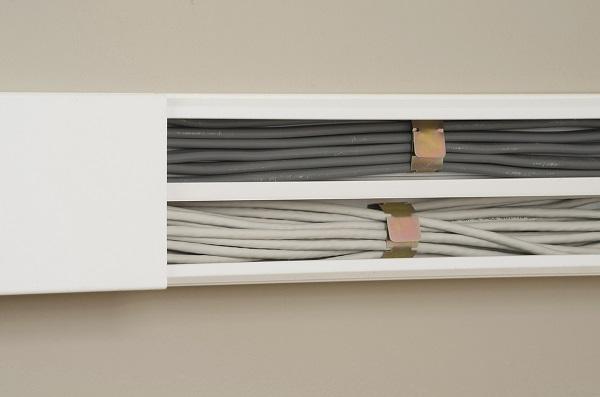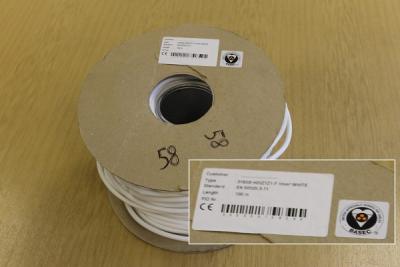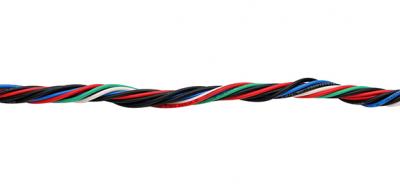How to fix cables in place - safely
New rules coming into force from July 2015 spell changes to the way electrical cables are installed, to prevent them from falling from walls and ceilings during fires. Many types of wiring systems have failed in the past, leaving cables hanging and entangling firefighters - resulting in eight fatalities in the past ten years.
From 1st July 2015, the revised IET regulations require that ALL surface-mounted cables within escape routes must be secured using non-combustible fixings to prevent early collapse in the event of fire. As new-build projects will usually have the cables concealed behind plasterboard ceilings and walls, the changes will mostly apply to refurbishment and re-wiring work.
The must-dos when fixing cables
- You must now use non-combustible methods of cable containment and restraint for ALL surface-mounted cables in any and all areas of a building that can be considered an escape route. This means considering the fixing too – so NO plastic plugs.
- Pay particular attention to parts of escape routes where, for one reason or another, cables have to cross under ceilings and most particularly, doorways.
- Ensure the containment system is free from sharp edges to protect cable sheathing on installation.
- Ensure wiring systems in escape routes are as short as practicable.
- Ensure wiring systems encroaching on escape routes are not within arm’s reach unless they are provided with protection against mechanical damage likely to occur in an evacuation.
To be completely safe, make sure you only use solutions that have been fully tested and certified, such as D-Line (Europe)’s Safe-D 30. This range is made from high temperature steel and has been tested to securely retain cables up to PH120 standard at Exova Warrington Fire - the highest possible rating for a product in this category. Find more about the range here.
Sign up to the building bulletin newsletter
Over 48,000 construction professionals have already signed up for the LABC Building Bulletin.
Join them and receive useful tips, practical technical information and industry news by email once every 6 weeks.
Subscribe to the Building Bulletin




Comments
Ychwanegu sylw newydd